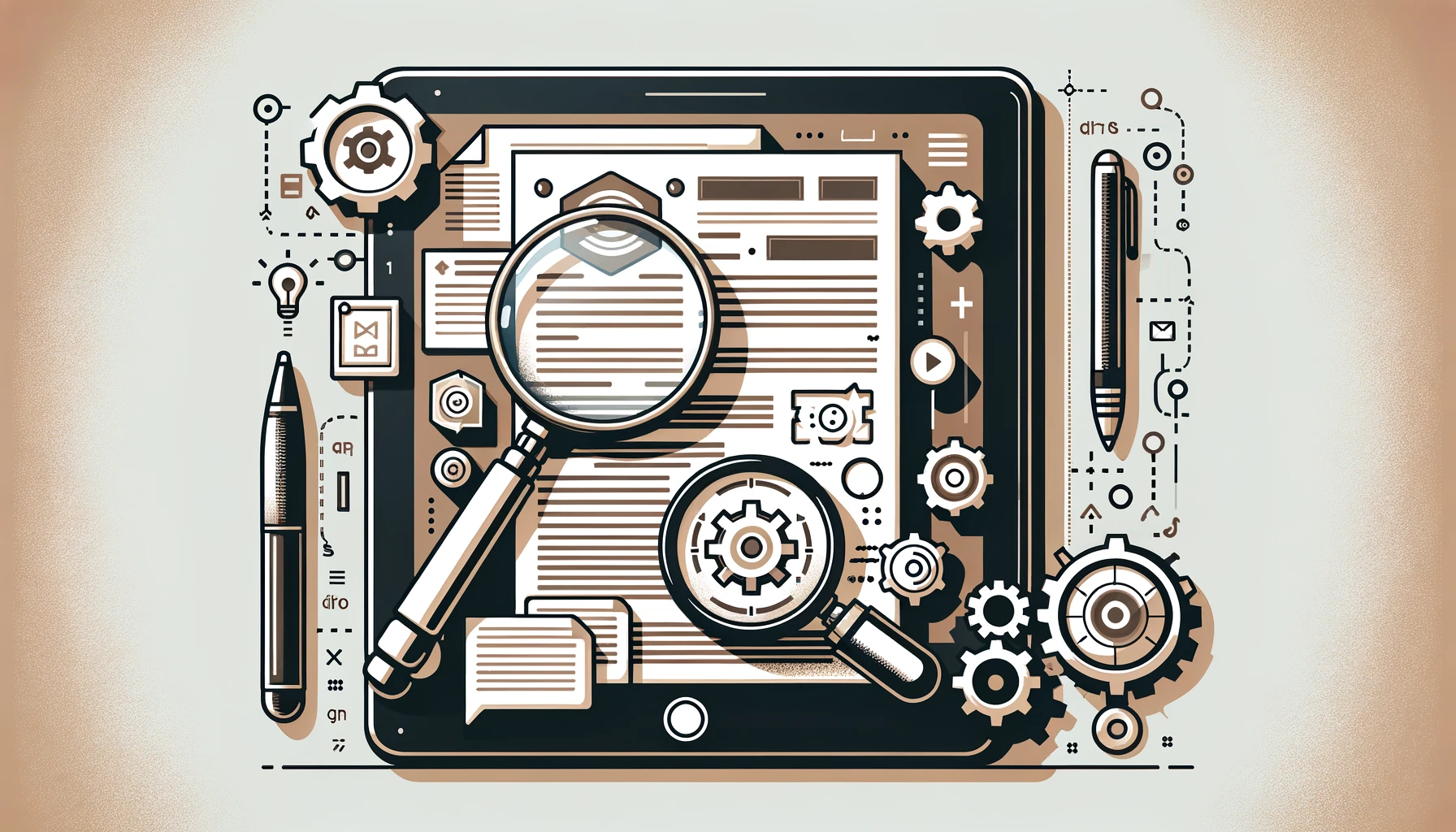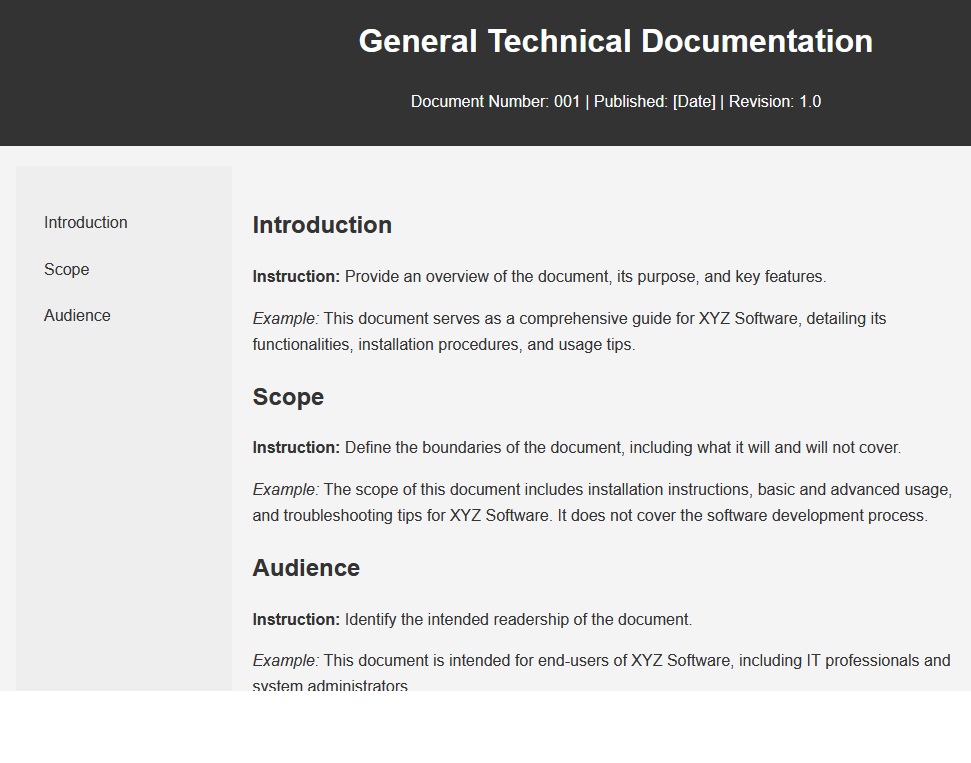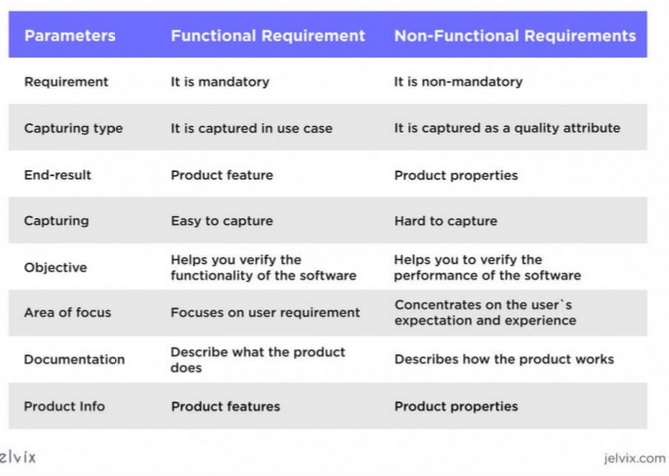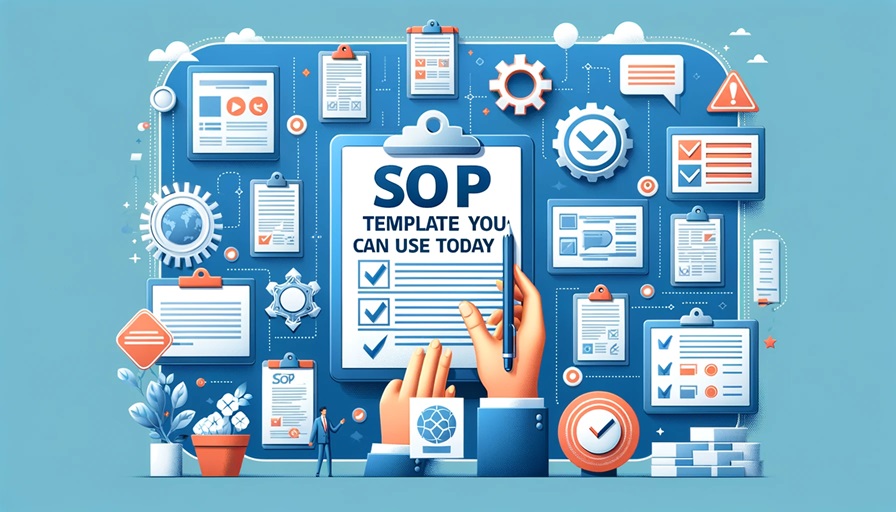
Imagine this: you've just purchased the latest gadget or downloaded cutting-edge software. Your anticipation is palpable, but then you hit a wall—the "How do I use this?" wall. Frustration mounts as you flip through a maze of technical jargon and indecipherable diagrams.
Sound familiar?
This scenario isn't just a consumer's nightmare; it's a wake-up call for businesses and developers across industries. From sleek home appliances to intricate software, the bridge between innovation and user experience is technical documentation. It's not just about listing features or drafting procedures. It's about creating a clear, comprehensive guide that turns complexity into simplicity, and bewilderment into mastery.
As we continue on with the post, you'll learn about the various types of technical documentation you might consider crafting. Additionally, we'll explore essential components and style guidelines crucial for developing impactful technical documents.
To further assist you, we will offer customizable technical documentation templates. These templates are designed not just to guide but to transform your documentation into a strategic tool. This tool will not only enhance user experience but also boost efficiency and deepen the understanding of your products and services.
Ready to transform your technical documentation into an invaluable asset for your audience? Then let's keep going…
Technical Documentation Types
Technical documentation serves various critical roles in conveying information about products, services, and processes. Each type of documentation caters to specific needs and audiences. Understanding these types can significantly aid in creating effective and targeted documents:
- Technical Marketing Pieces: Aimed at highlighting the technical features and benefits of a product. Ideal for reaching out to potential customers or stakeholders interested in the technical prowess of your offerings.
- User Manuals: Comprehensive user documentation that assist users in operating a product or service. These manuals are crucial for ensuring a smooth user experience, often targeting end-users who require step-by-step instructions.
- Standards and Practices: Documents outlining standard operating procedures and best practices within an organization. These are essential for maintaining quality and consistency, especially in process-driven environments.
- Application Notes: Provide technical specifications and guidelines for better implementation or interoperability of products, especially useful in tech and engineering fields.
- Technical Bulletins: Contain vital operational information for hardware or software systems, often used to communicate updates, patches, or technical alerts to users or technicians.
- Internal Communications: Documentation related to company processes, policies, and guidelines. These documents are key to ensuring internal coherence and compliance.
- Training Manuals: Designed to educate users or employees on new systems or procedures. These manuals break down complex information into digestible, instructional content, often including visuals and practical examples.
- API Documentation: Essential for software products, providing developers with necessary technical details and instructions for API usage and integration.
- Release Notes: Accompany software releases, detailing new features, bug fixes, and known issues. They keep users informed about the latest updates and changes.
- Installation Guides: Offer step-by-step instructions on setting up hardware or software. These guides are pivotal in ensuring the correct installation and initial operation.
- Compliance Documentation: Demonstrate adherence to industry standards and regulations. Particularly relevant in regulated industries, these documents are critical for legal and operational compliance.
- Design Documents: In engineering and development, these documents provide detailed plans, specifications, and blueprints, essential for understanding the product's design and functionality.
Key Elements of Technical Documentation
A well-organized template is crucial for consistency and comprehension. Standard elements include:
- Cover Page: Displays the title, document number, publication date, and revision history.
- Table of Contents: Outlines the document for easy navigation.
- Introduction: Describes the document's purpose and usage.
- Scope: Defines what the document will cover.
- Audience Definition: Identifies the intended readers.
- Body Content: The main section containing detailed information.
- Glossary: Explains specific terminology and acronyms.
- References: Lists sources and related materials.
- Conclusion: Summarizes the main points.
- Appendices or Annexes: For supplementary information.
- Contact Information: For further queries.
- Revision History: Tracks changes and updates.
Additional Elements Based on Documentation Needs
Depending on your document type, you might include:
- Process Diagrams and Flowcharts: For clear visualization of processes.
- Troubleshooting Section: Solutions for common problems in user manuals.
- Safety Warnings and Disclaimers: Crucial for documents related to potentially hazardous materials.
- Technical Specifications: Detailed specs in product datasheets.
- Use Cases: Real-world application scenarios.
Technical Documentation Template
The provided template is a general technical documentation template. It's designed to be versatile and adaptable for a wide range of technical documentation needs, suitable for various industries and purposes.

Wrap Up
As we've journeyed through the intricate world of technical documentation, it's become evident that the power of well-crafted documents cannot be overstated. From guiding users through the complexities of modern technology to ensuring seamless internal processes, the right documentation makes all the difference. Whether you're tackling technical marketing pieces, user manuals, API documentation, or any other form of technical writing, the key lies in clarity, precision, and user-centric design.
Our comprehensive guide has laid out the various types of technical documentation, each serving a unique role in conveying critical information. We've explored the essential components that form the backbone of effective documentation, ensuring your content is both informative and accessible. With the inclusion of additional elements tailored to specific needs, your documentation can go beyond the basics, providing enhanced value to your audience.
But we know that starting from scratch can be daunting. That's why we've provided a customizable general technical documentation template. This versatile and adaptable template is your starting point for creating clear, comprehensive, and engaging technical documents. It's suitable for a myriad of purposes and industries, giving you the freedom to tailor it to your specific needs.
Ready to Elevate Your Technical Documentation?
Embrace the opportunity to transform your technical documents from mere information carriers to strategic assets with Helpjuice. Our knowledge base software is designed to streamline your documentation process, making it easier, more efficient, and more impactful.
Discover the power of Helpjuice and elevate your technical documentation to new heights. Experience firsthand how our platform can revolutionize the way you create, manage, and share knowledge. Sign up for a 14-day free trial at our website and witness the transformation in your documentation process. Say goodbye to confusion and hello to clarity with Helpjuice!




